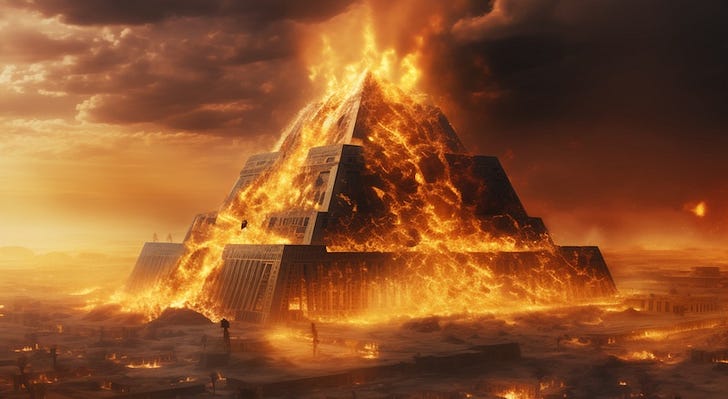
For the first time ever, parents going through IVF can use whole genome sequencing to screen their embryos for hundreds of conditions. Harness the power of genetics to keep your family safe, with Orchid. Check them out at orchidhealth.com.
On this episode of Unsupervised Learning Razib talks to Peter Nimitz about what he memorably calls the crisis of the 23rd century. Most people know of the fall of Rome, and the subsequent European Dark Ages. And because of scholars like Eric Cline, today growing numbers are aware of the civilizational collapse at the end of the Bronze Age, when an incipient global civilization enfolding everything from the shores of the eastern Mediterranean to Mesopotamia was torn apart by climate change and invasion. But before Rome, before the Hittites, the third millennium BC saw a climatic shock that seems to have abruptly transformed all Eurasia and Africa. There have long been glimmers of this upheaval; historical texts record chaos in Sumer and Akkad, while in Egypt the Old Kingdom fell. But today the toolkit of archaeology can illuminate far more, and is making clear that a massive climatic shift toppled fragile empires and transformed cultures. Some areas of Eurasia, like China, seem to have experienced massive drought. Others, like Siberia, became even colder, with regions becoming ever more inhospitable to human occupation.
And now Nimitz has reviewed what we know region by region in a magisterial post, Crisis of the 23rd Century: Upheavals from Spain to the Yangtze. Razib presses him about the contrast between the three peninsulas of Southern Europe: the Iberian, Italian and Balkan, and how they each experienced the intrusion of Indo-Europeans during this period (informed by ancient DNA findings). They also discuss the potential divide between Corded Ware and non-Corded Ware Indo-European migrations, and how that shook out across Eurasia. Then they touch upon the civilizational hearths of the Near East, and the wholesale transformation that occurred at this moment culturally and demographically in the Horn of Africa. Finally they sweep eastward, into Siberia, Central Asia and finally China, where new cultures arose and old civilizations collapsed in the centuries after the crisis of the 23rd century.













